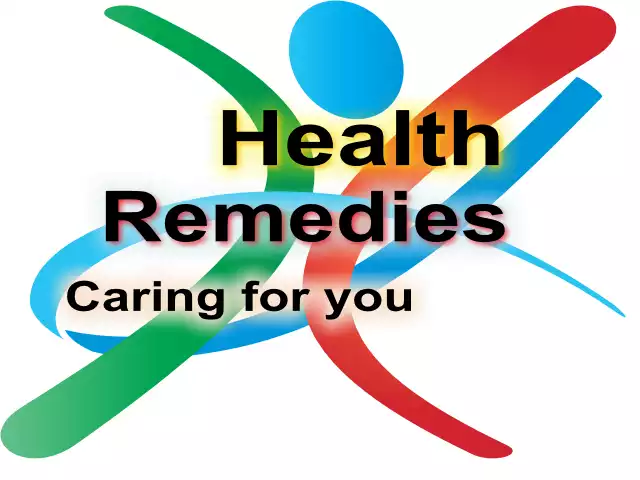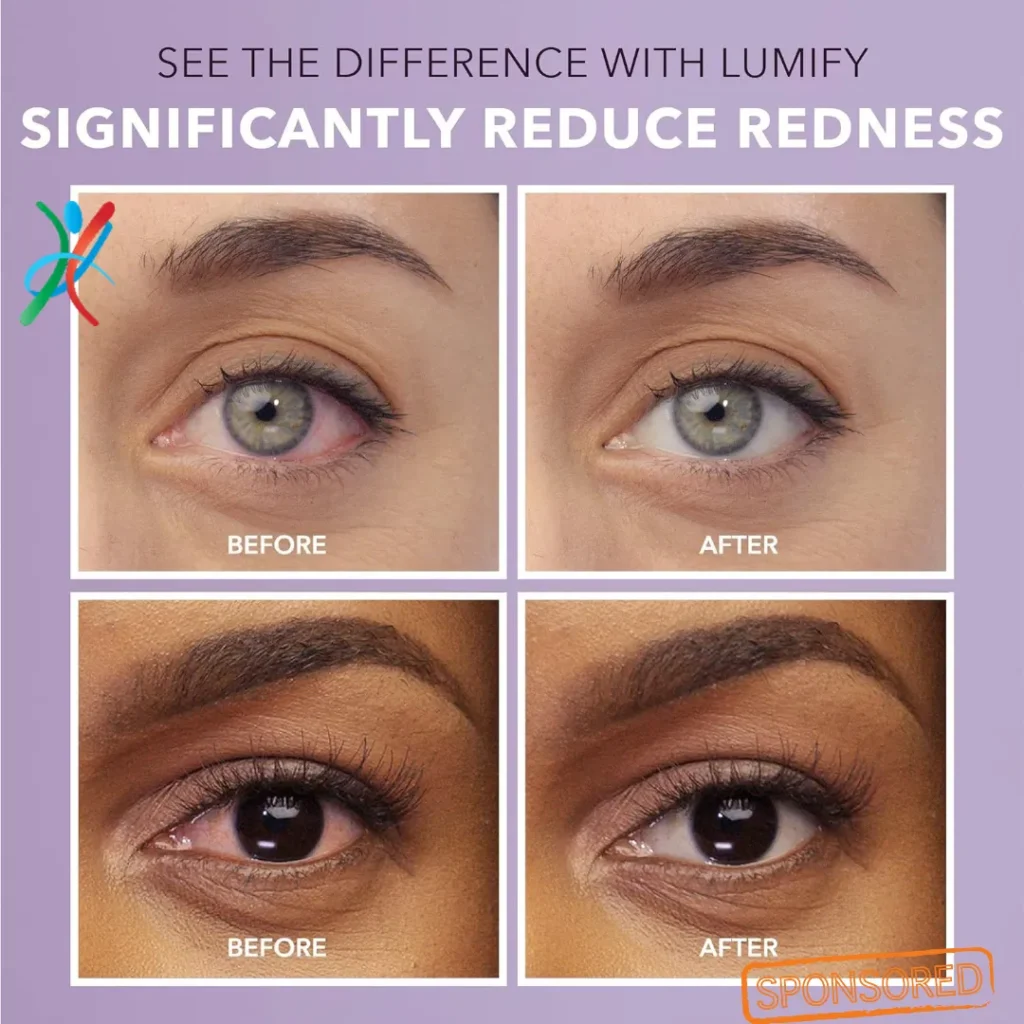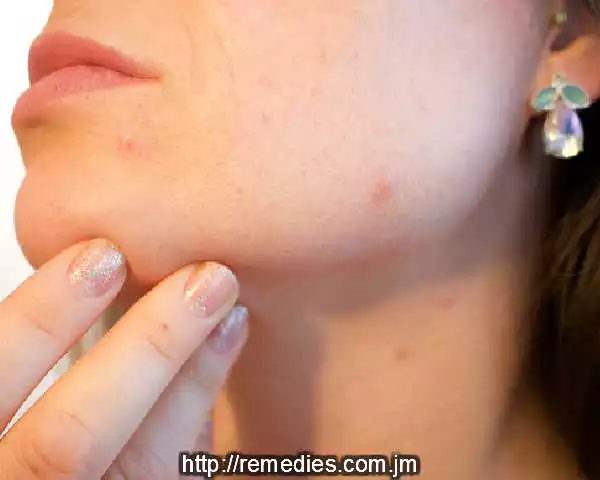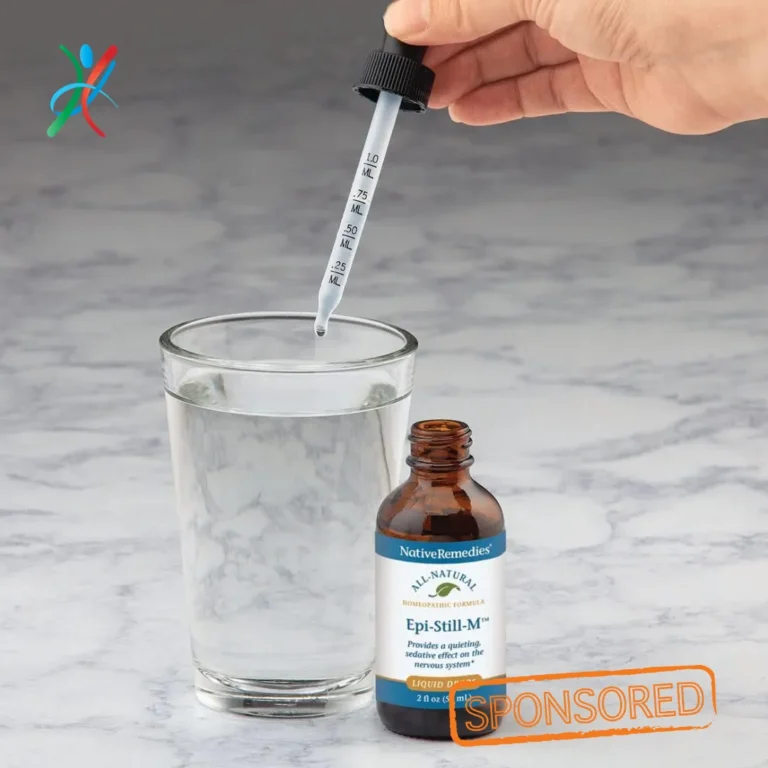How to Cure a Pink Eye Fast at Home
Imagine the discomfort of waking to the unpleasant surprise of a red, irritated eye.
Pink eye, or conjunctivitis, is a common health nuisance that can derail anyone’s day.
It’s an inflammation or infection of the transparent membrane that lines your eyelid and covers the white part of your eyeball.
Understanding the various causes of pink eye is crucial for quick and effective home treatment.
This could be from viruses, bacteria, or allergens, and each cause might influence the way you handle the healing.
Knowing how to recognize the telltale signs—such as redness, discharge, and swelling—can serve as your cue to take action.
This article draws out reassuring remedies for treating pink Eye in the comfort and convenience of your own home, exploring simple yet effective tactics such as proper hygiene and soothing compresses while pinpointing when it’s essential to seek professional medical care.
Let’s delve into safe practices for rapid recovery and smart steps for prevention that can help keep your eyes clear and comfortable.
Table of Contents How to Cure a Pink Eye Fast at Home
What is Pink Eye?
What is Pink Eye?
Pink eye, medically termed conjunctivitis, is the inflammation of the conjunctiva, characterized by a pink or reddish hue in the whites of the eyes, accompanied by swelling, crusting, and an unpleasant discharge.
The common condition takes on several forms, stemming from different sources:
- Viral Conjunctivitis: Often linked to the common cold, it’s a highly contagious form that can accompany ear or throat infections.
- Bacterial Conjunctivitis: Caused by bacteria, this type may necessitate antibiotic treatment and can spread through direct contact.
- Allergic Conjunctivitis: Triggered by allergens such as pollen, it’s not contagious but rather a response to environmental irritants.
- Irritant Conjunctivitis: Results from foreign substances or chemicals coming into contact with the eye.
Symptoms range from slight pink discoloration to intense redness, with potential eye pain, blurred vision, and sensitivity to light signaling a more serious condition.
It’s crucial to see an eye doctor if these symptoms develop, as some forms require medical attention to prevent complications like vision loss.
Self-limiting types may improve without treatment, while others might need specific medication to resolve.
Causes of Pink Eye
Pink Eye, or conjunctivitis, is commonly triggered by various factors that cause infection and inflammation of the eye.
The germs that lead to pink eye often gain access through direct contact with an infected individual’s bodily fluids or when an individual touches their eyes with unclean hands.
In cases of viral conjunctivitis, the culprits are the same viruses that bring about upper respiratory conditions like the common cold, often accompanied by a runny nose or congestion.
Bacterial conjunctivitis can be attributed to the intrusion of dirt or foreign materials that carry bacteria—an act as simple as rubbing the eyes with dirty hands can be the cause.
In contrast, allergic conjunctivitis arises from a reaction to allergens in the environment.
These allergens, once identified and avoided, can allow the condition to subside.
Viral and bacterial forms of pink eye differ in their treatment requirements; viral infections generally call for a natural recovery process where the immune system gradually overcomes the virus, while bacterial infections often necessitate the use of antibiotics to expedite healing and prevent further complications.
At-home remedies and care play a pivotal role in managing symptoms and preventing contagion.
Simple measures like properly hydrating the eyes with artificial tears, applying soothing cold compresses, taking over-the-counter pain relievers, and maintaining a clean environment by washing bedding frequently can help quicken recovery and prevent the spread of pink eye.
Viral Conjunctivitis
Viral conjunctivitis is known for resolving on its own, much like a typical cold, over a span that can last anywhere from several days to a few weeks.
While no specific cure quickens this process, treatments focus on alleviating discomfort—notably through the use of lubricating eye drops and, occasionally, antihistamines or decongestants to relieve symptoms.
Emphasizing a diet that includes an abundance of vitamins A, K, C, and B, alongside probiotics, can foster general eye health and may aid in staving off infections.
Additionally, zinc supplements might also be beneficial, provided that the infection isn’t bacterial in origin.
Importantly, antibiotic drops or ointments should be avoided for viral conjunctivitis, as they offer no benefit in reducing either discomfort or the risk of contagion.
Bacterial Conjunctivitis
In dealing with bacterial conjunctivitis, symptoms usually begin to improve within the first five days of employing home remedies, with complete recovery typically occurring within a fortnight.
Pus presence in the eye is a hallmark of a more acute bacterial infection and will require antibiotics to treat effectively.
Symptoms commonly manifest 24 to 72 hours following exposure to the infectious agent.
To combat bacterial conjunctivitis, medical practitioners may prescribe antibiotic eye drops, ointments, or even oral medications.
A crucial tip for contact lens wearers is to avoid lens use during the initial 24 hours of treatment to mitigate the risk of compounding the infection.
Allergic Conjunctivitis
When it comes to allergic conjunctivitis, steering clear of known allergens can result in a spontaneous resolution of the condition.
For persistent symptoms, a variety of treatments are available, including over-the-counter and prescription allergy medications, alongside targeted antihistamine and vasoconstrictor eye drops.
In certain scenarios, a combination approach using multiple drugs might be called for to effectively alleviate symptoms.
Applying cool compresses to the eyes can provide a comforting effect and mitigate the sensation of discomfort.
Additionally, parents may consider the use of children’s acetaminophen or ibuprofen, provided it’s administered in accordance with the proper dosing guidelines, to ease the discomfort experienced by children suffering from allergic conjunctivitis.
Signs and Symptoms of Pink Eye
One of the hallmark symptoms of pink eye, or conjunctivitis, is the distinct redness that appears either in the white of the eye or the inner eyelid surface.
This redness can make the eyes appear pink or reddish.
Additionally, individuals with pink eye might experience discomfort, with a sensation that mirrors the feeling of a foreign object being in the eye.
It is critical to avoid using home remedies such as urine eyewashes or eye drops meant to reduce redness like Visine®, as these can introduce additional bacteria or exacerbate symptoms.
Opting for safe and sterile treatments and practicing good hygiene, like thoroughly cleaning any discharge with a clean cloth and water, is essential for avoiding further irritation and allowing for proper recovery.
Watery or Discharge from the Eye
Viral conjunctivitis usually begins in one eye, causing a thin, watery discharge that can soon spread to the other eye due to its contagious nature.
Conversely, bacterial conjunctivitis might result in a thicker, often yellow or green, pus-like discharge, sometimes causing the eyelids or eyelashes to stick together, generally affecting only one eye.
Home management of these symptoms includes gently wiping away any discharge using water and a clean washcloth, moving from the inner to the outer edge of the eye.
Additionally, a warm, moist compress applied to the eyes can soothe the discomfort associated with the discharge from pink eye.
Swollen Eyelids
Swollen eyelids are a common consequence of pink eye regardless of the cause, whether due to allergic, viral, or bacterial conjunctivitis.
Eyes affected by allergies typically present with swelling alongside itchiness and tearing.
It’s possible to reduce this inflammation with antihistamine drops if allergies are at the root, whereas antibiotic drops might be indicated if bacteria are the cause.
It is important to accurately identify the source of the conjunctivitis to determine the appropriate treatment.
Itchy or Burning Sensation
Itchiness or a burning feeling in the eyes are indicative symptoms of pink eye and are caused by the inflammation of the conjunctiva.
These discomforting sensations may be triggered by allergic reactions, infections, or exposure to irritants.
Applying cool compresses can bring relief to itchy eyes, whereas warm compresses should be avoided as they may intensify itchiness.
To alleviate the discomfort, ensure proper eye hydration and consider the use of antihistamine eye drops if allergies are suspected to be the cause.
Sensitivity to Light
While mild sensitivity to light can sometimes occur with pink eye, severe sensitivity to light, particularly if accompanied by intense pain or vision changes, may suggest a more serious infection that extends beyond the conjunctiva.
If light sensitivity is severe, particularly when indoors, it could signal significant eye damage, such as harm to the cornea, which is dangerous and can affect vision.
Measles-related conjunctivitis is also a possible cause of light sensitivity.
In cases where sensitivity to light is paired with other alarming symptoms, it is advisable to seek immediate evaluation by an ophthalmologist for proper diagnosis and treatment.
Treating Pink Eye at Home
When dealing with the discomfort of pink eye, or conjunctivitis, at home, it’s imperative to manage the condition properly to encourage quick recovery.
Fortunately, many cases of viral pink eye resolve independently within 7 to 14 days without medical treatment.
For bacterial pink eye, recovery may be expedited with antibiotics, resolving symptoms typically within 2 to 5 days.
Simple home remedies can be invaluable for managing symptoms, including hydrating eye drops, pain relievers, and cold compresses.
Remember that it is essential to prevent the spread of pink eye with good hygiene practices such as washing hands thoroughly and frequently, not touching your face and eyes, and changing bedding like pillowcases and sheets daily.
If your condition includes using contact lenses or eye makeup, ensure all related items are disinfessed or replaced to prevent re-infection.
Washing Hands
Frequent and diligent handwashing is a cornerstone of preventing the spread of pink eye.
Both the bacterial and viral forms can be highly contagious, commonly shared in close-contact environments like schools or workplaces.
The CDC underscores the importance of regular handwashing as a preventive measure.
Hand hygiene is critical, as pink eye can transmit through objects or surfaces that have been in contact with an infected person.
Simple steps such as using soap and water, scrubbing for at least 20 seconds, and drying with a clean towel can halt the spread of conjunctivitis.
In situations like neonatal conjunctivitis, where infants are at risk during childbirth, regular STI screenings and antibiotic eye drops are vital preventive measures.
Cleaning and Disinfecting Contact Lenses
If you wear contact lenses and develop conjunctivitis, it’s important to temporarily stop using them to avoid further irritation and hasten the healing process.
For bacterial conjunctivitis, do not wear your contact lenses for at least the first 24 hours of treatment or until the redness subsides.
Any contact lens cases should be discarded, and contacts should be disinfected overnight or replaced if disposable.
Your healthcare provider may recommend that all accessories related to contact lenses used before or during the infection be discarded to eliminate any risk of re-infection.
For viral forms, it is advisable to switch to glasses until the infection has completely cleared.
Hard lenses should be thoroughly disinfected before they are used again.
Avoiding Eye Makeup
To prevent the spread of conjunctivitis and avoid re-infection, you should not share eye-related items such as sunglasses, eye drops, eye medicine, and makeup.
Any makeup or brushes used during the infection should be thrown away, and eye makeup should be halted until your eyes have healed.
Thoroughly cleaning brushes with soap and water will help remove any lingering bacteria or virus.
It’s also a good practice to wipe down glasses and eyeglass cases as they can harbor germs.
Applying Warm Compresses
Warm compresses can be soothing and may reduce symptoms of pink eye.
To create a warm compress, soak a clean washcloth in warm (not hot) water and place it gently over the affected eye.
Take great care not to use water that is too warm to prevent scalding and ensure you do not worsen the condition.
Keep the compress on for a few minutes at a time—it can help alleviate discomfort and support the body’s natural healing process.
Always use a separate washcloth for each eye and a fresh one for each application.
Using Cool Compresses
Cool compresses can work wonders for inflammation and discomfort caused by pink eye.
Chill a clean washcloth or towel in cold water, wring out the excess, and place it over your closed eyelids for a few minutes.
Do not reuse the compress to avoid cross-contamination—particularly important if the pink eye is infectious.
Use a new washcloth each time and take care to maintain cleanliness around the eye environment, including changing towels and pillowcases regularly and avoiding touch to prevent the spread.
Washing Eyes with Warm Water
Using warm water to wash eyes affected by pink eye can help remove any crust that may form from discharge, particularly upon waking.
You can create a warm, damp compress by soaking a clean cloth in warm water and applying it to the eye for a few minutes.
Ensure the water is of a comfortable temperature and avoid using the same cloth on multiple eyes to prevent the spread of the infection.
This method tends to be soothing and can help to maintain clean and comfortable eyes during the recovery phase.
When to Seek Medical Attention
Seeking medical attention for pink eye (conjunctivitis) is critical if you notice symptoms worsening or persisting beyond a week.
Those with weakened immune systems, such as individuals dealing with HIV, cancer treatments, or other immune-compromising conditions, should be especially cautious and consult a doctor sooner.
Additionally, if you experience any of the following—green or yellow discharge, pain in the eye, vision impairment, increased sensitivity to light, fever, chills, body aches, or a blotchy rash—it’s time to seek prompt medical assistance.
Children displaying pink eye symptoms should be monitored for potential connections to measles, particularly if unvaccinated or during a community outbreak.
Immediate medical consultation is advised when measles is a concern.
Persistent or Severe Symptoms
If home remedies don’t alleviate pink eye symptoms or if symptoms are moderate to severe—including pain, blurred vision, increased sensitivity to light, or intense redness—you should see a doctor.
Persistent production of mucus or worsening of conditions after home treatment necessitates medical evaluation.
Those with compromised immune systems must seek early treatment to prevent worsening of the infection.
Discontinuing the use of contact lenses until improvement is noted is advisable to avoid additional irritation.
An eye specialist may be needed for an accurate diagnosis and effective treatment plan, especially in cases that do not respond to general care.
Vision Loss or Blurred Vision
Although rare, viral conjunctivitis can cause permanent damage and lead to vision loss if not adequately treated.
Blurry vision is a common side effect after using eye drops; however, this should be temporary.
Bacterial pink eye requires antibiotic treatment to prevent potential complications, including vision issues.
Be aware that using contact lenses while experiencing pink eye may exacerbate discomfort and blur vision.
If pink eye results in persistent blurred vision, it could indicate a more severe underlying condition and warrants immediate medical attention.
Eye Pain
Conjunctivitis can induce eye pain and is caused by various factors like allergens, bacteria, viruses, physical injury, or reactions to eye drops or contact lenses.
Viral conjunctivitis, one of the most common types, is highly contagious and often accompanies cold-like symptoms.
Signs of conjunctivitis-related eye pain include a reddish or pink tint in the white of the eye, swollen eyelids, sensitivity to light, and discharge.
Bacterial conjunctivitis typically presents with symptoms within 24 to 72 hours of contact with the infecting agent.
Employing warm or cold compresses may provide temporary relief for discomfort resulting from various types of conjunctivitis.
Symptoms in Infants or Young Children
For infants and young children displaying symptoms of pink eye, immediate consultation with a healthcare provider is crucial.
Neonatal conjunctivitis can stem from bacteria or viruses, including those causing sexually transmitted infections like gonorrhea or genital herpes, which have the potential to be passed on during childbirth.
Telltale symptoms in young ones include eye discomfort, discharge, swelling of the conjunctiva, lid swelling, and aversion to brightness.
Allergic conjunctivitis, distinguished by itchiness and watery eyes, indicates a different type of pink eye.
Newborns can also develop conjunctivitis due to irritation or a blocked tear duct.
It’s essential to monitor and report these symptoms to a pediatrician for the appropriate course of action.
Medical Treatment for Pink Eye
When home remedies fail to alleviate pink eye symptoms or when a bacterial cause is identified, it’s vital to consider medical treatment.
Understanding the nature of the conjunctivitis – bacterial, viral, or allergic – is crucial as it directs the treatment approach.
For bacterial conjunctivitis, antibiotics are the go-to option.
These may come as eye drops, pills, or ointments to target the infection directly.
Viral pink eye, on the other hand, usually resolves on its own within four to seven days, as antibiotics are ineffective against viruses.
Managing comfort during this time is key, and if required, over-the-counter (OTC) medications may ease symptoms.
Treating allergic conjunctivitis involves addressing the allergy itself.
Antihistamines and other allergy management strategies can significantly improve symptoms.
In cases of chemical conjunctivitis, caused by irritants like chlorine or smoke, immediate and thorough washing of the eyes followed by a doctor’s visit for further care is necessary.
Compresses, either cold or warm, applied gently to the eyes, can assist in the removal of discharge commonly seen with both viral and bacterial types.
Antibiotic Eye Drops or Ointment
For bacterial pink eye, antibiotic eye drops or ointment are typically prescribed to reduce the infection duration and limit its spread to others.
These treatments are effective at not only speeding up recovery but also at curtailing the symptomatic days when you’re contagious.
It’s imperative to complete the entire prescribed course of antibiotics to prevent recurrence or resistance.
Symptoms usually start to improve within a few days of beginning antibiotics, but complete resolution may take up to a week.
Antihistamine Eye Drops or Medications
Allergic conjunctivitis demands a targeted approach to quell the immune system response.
Here, antihistamine eye drops play a pivotal role by blocking histamine, a compound released during allergic reactions that causes irritation and itching.
Over-the-counter options such as naphazoline-pheniramine and prescription medications like ketotifen or olopatadine are among the treatments applied directly to the eyes.
These can bring swift relief from the discomfort of allergic pink eye.
In some cases, oral antihistamine medications may also be recommended to provide systemic relief.
Mast Cell Stabilizers
Mast cell stabilizers serve as a preventative measure, subduing the overactive immune response associated with allergic conjunctivitis.
These medications curb inflammation by stopping cells from releasing histamine and other inflammatory agents into the eye.
They are particularly useful for those who suffer from chronic forms of eye allergies.
Despite taking longer to become effective, mast cell stabilizers can offer sustained relief and are often used in conjunction with antihistamines for comprehensive treatment.
Starting these medications before allergy season or exposure to known allergens can be beneficial in managing symptoms effectively.
When using any medical treatment for pink eye, it is essential to follow your healthcare provider’s instructions closely and maintain strict eye hygiene.
If symptoms persist or worsen, seeking further medical advice is crucial to ensure recovery and prevent complications.
Preventing Pink Eye
Pink eye, or conjunctivitis, is something nobody wants to deal with, but with a few preventative measures, you can reduce your risk of contracting or spreading this uncomfortable condition.
Avoiding Close Contact with Infected Persons
Infectious conjunctivitis is highly contagious and taking steps to avoid close contact with those infected is essential for prevention.
The transmission can occur not only through direct contact but also through airborne droplets from coughing or sneezing, as well as touching objects that an infected person has used.
Children who have contracted pink eye should stay home from school or childcare settings until they’re no longer contagious.
Meanwhile, adults should refrain from going to work or participating in community activities.
Limiting this contact is a social responsibility, as it helps protect others from getting pink eye.
An infected individual can be considered safe for returning to school or work typically when symptoms such as persistent itching, significant discomfort, and excessive tearing have ceased.
However, this can vary and it’s important to follow the guidance provided by a healthcare professional to ensure a safe return.
Remember to follow these preventative steps to minimize your risk of contracting or spreading pink eye.
By taking these precautions, we can collectively help keep our communities healthier.







